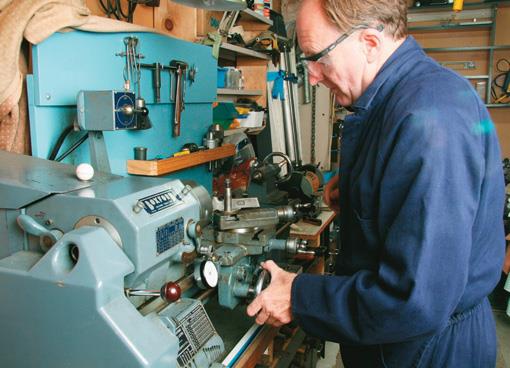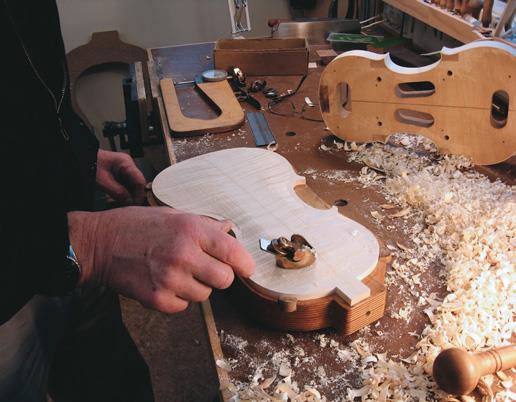This brick forge is constructed from lightweight insulating firebrick. Known as a K26 brick it is available from Certec in Auckland.
These insulating fire bricks are rated to 1426°C and measure 230x115x75mm. They are commonly used to line foundry furnaces, forges, and kilns. These soft bricks can easily be cut to size with an ordinary wood saw, drilled to create burner openings, or routed to create channels.
Watch this video to see how we built this gas forge and an oil-powered version as well.
As featured in The Shed Issue 85















